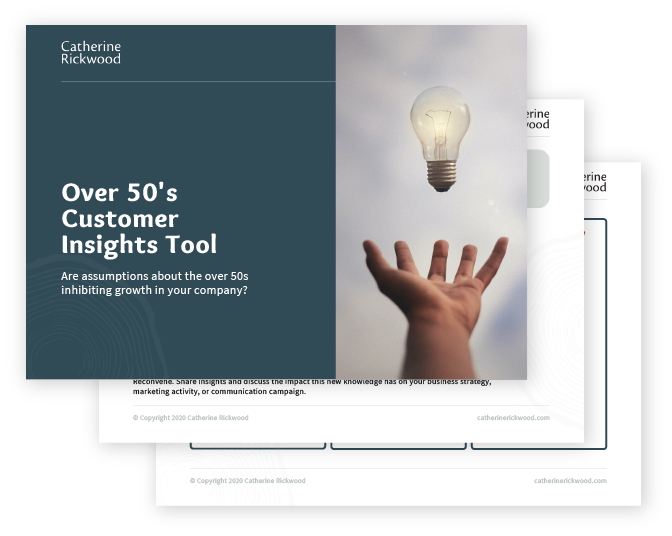Have you ever been frustrated with a customer service representative – whether on the phone, via email or face-to-face?
Why the frustration?
Maybe you felt misunderstood. Or, perhaps the person was constrained by a script, process, system, or structure of their training program. Maybe the person you were speaking with hasn’t been empowered to make good decisions for the customer that leads to better outcomes for everyone.
Too often we hear stories of poor customer service. This is particularly true amongst older people who may not be as technologically literate as their younger counterparts – like ‘Mary’ in this article. Regardless of age, we all want to feel understood. And most importantly, if we’re contacting customer service, we want our problem resolved effortlessly, without stress or anxiety.
Apple’s age-neutral customer service
If you’ve ever walked into an Apple Store, you’ll know the experience of feeling immediately welcomed. From the environment to the staff we feel good; even happy. How do I know this? Because I’ve experienced it myself. I also feel confident that any problem, however trivial or complex, will be understood and solved – effortlessly and easefully. I haven’t felt quite the same way in any other retail store or customer service environment.
So what is it that makes Apple different?
- Staff reflect the diversity of Apple customers.
Take a look next time you’re in an Apple Store and you’ll find a team of all ages (and cultures and genders).
- Apple “starts with why”
Apple’s customer service culture – a legacy of Steve Jobs – is one of supporting customers to both use and enjoy their Apple technology. The company starts with the customer experience and then works backwards to the functionality of their technology.
In Simon Sinek’s popular talk, he suggests that Apple “starts with the why” rather than with the ’what’ (i.e. its products). The focus is to solve problems and “enrich lives”. Consequently, Apple’s interactions with its customers transcend age biases and stereotypes. Furthermore, there’s very little room for ageism when you’re driven by good customer outcomes rather than sales commissions.
The customer service imperative
The 2016 KPMG Global CEO Survey, revealed that 88 per cent of CEOs are concerned about the loyalty of their customers. The reason is because 82 percent of people will turn away from a business due to a bad experience. And disenfranchised, unhappy customers or ex-customers are highly likely to spread the word to others about their bad experience. Unfortunately, it’s bad experiences that remain with us much longer than good ones – a widely known quirk of the human psyche.
Conversely, a recent report showed that 8 in 10 customers are willing to pay more for a product or service when they experience good customer service. Clearly, good customer experience (CX) can drive business success and growth.
The age-neutral customer service imperative
A recent UK cross-industry study showed that the older people get, the less satisfied they are with customer service. Given the vast spending power of the baby boomer generation, ageist attitudes amongst a customer service team is likely affecting your bottom line.
Baby Boomers will be the single largest consumer of products in the future. Consequently, companies can’t afford poor interactions with this ever-growing, cashed up, technology literate market segment. Fail to integrate baby boomers into your customer service strategy at your peril.
The future of age-inclusive customer service
Given the value of the ageing population; the impact of negative customer experiences; the average age of customer service teams; and the poor experience of many older people, it’s essential that Chief Customer Officers:
- Create age-diverse customer service teams.
- Challenge age stereotypes amongst their staff.
- Understand the diversity of customers over 50 – they are not a single homogenous group with identical attitudes, beliefs, or technology literacy*.
- Include flexibility in scripts that accommodates a diverse customer base.
- Empower customer service representatives to make decisions that delivers a great outcome for the customer and the organisation.
- Ensure their customer service teams understand the “why” of the business and they are purpose-led rather than sales-led in their interactions with customers.
Catherine Rickwood delivers expertise and research-driven consultancy services on the longevity economy. We provide knowledge, understanding, and workshops for customer-driven, strategic change. Contact us today to create an age-inclusive customer experience.
*I’m amazed at how often people assume that when I mention Catherine Rickwood specialises in the over 50’s market, that they think I’m talking about aged care. A baby boomer (between 54 – 74 years old) is not generally in the market for aged care. They are in the same market for the goods and services you’re buying today. And whilst Catherine Rickwood doesn’t specialise in aged care we do work with organisations seeking to enter or gain growth in this market.
[et_bloom_inline optin_id=”optin_1″]
Image source: Shutterstock



